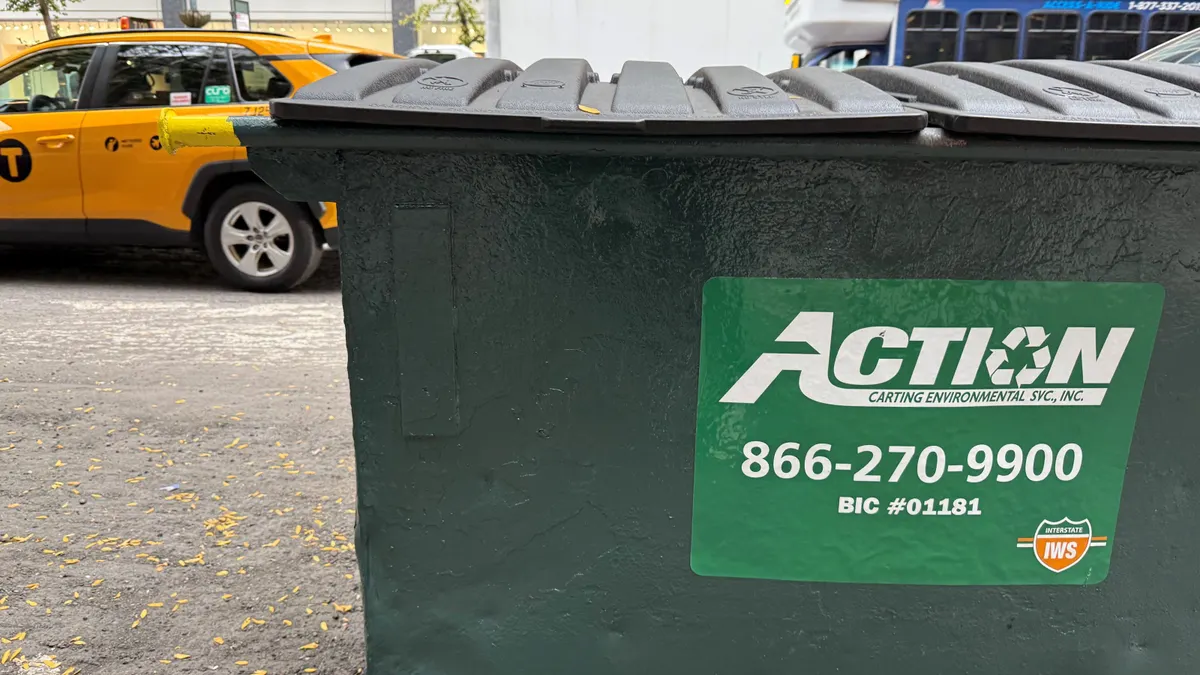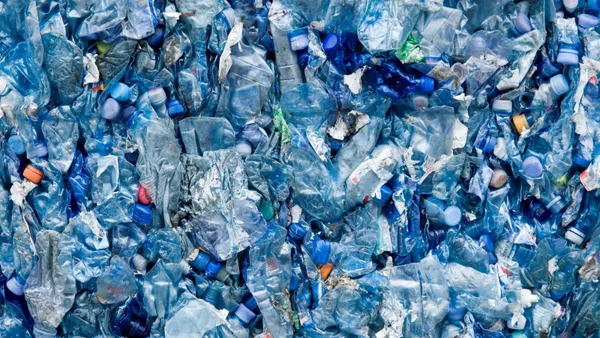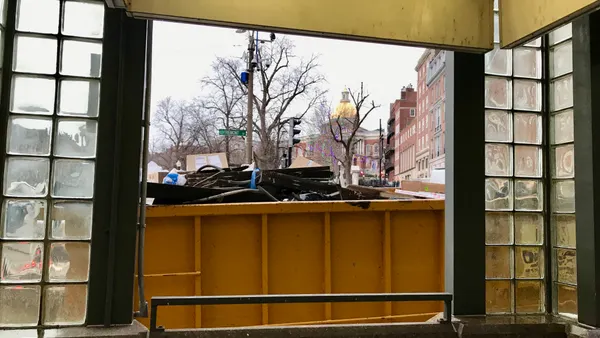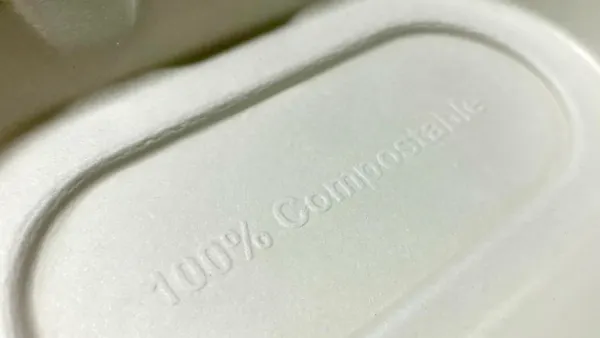Dive Brief:
- Over the next five years, total U.S. landfill capacity is expected to decrease by more than 15%, according to data from Waste Business Journal. An estimated 10-15 years of landfill capacity will remain by 2021.
- Solid Waste Environmental Excellence Protocol (SWEEP) leaders Jim Thompson and Rob Watson cite China's volatile import regulations as a major driver for this decrease in capacity, noting that "the bottom has dropped out of the recycling market."
- The data shows the Northeast is most heavily affected, with an annual rate of loss of 5%, while the West is the least affected, with an annual rate of loss of 1.5%.
Dive Insight:
The topic of landfill capacity has been top of mind for industry leaders, including on many of the top publicly traded companies' first quarter earnings calls. In an interview at WasteExpo, Waste Management CEO Jim Fish told Waste Dive that while landfills are one of the company's most valuable assets, the future of disposal is "more than just landfills."
This sentiment echoes what Fish told Waste Dive a year ago, when he noted his company is searching for the "next generation of landfills."
"There's a natural end of life for every single landfill. No landfill lasts forever. You have a couple of options with landfills. There's a lot of land in the U.S. and Canada, so you can build farther out. Or maybe we build closer in, but with an alternative technology," he said at the time.
At Casella — which owns 10 landfills across Massachusetts, Vermont, New Hampshire, New York and Maine — a lack of capacity in the Northeast has resulted in higher tip fees in the region, as well as higher profit potential. In a recent interview with Waste Dive, CEO John Casella suggested landfills are underappreciated, noting there is "no validity in today's market to put waste-to-energy above a landfill with gas control [and] energy being produced." He also noted, however, the company will "cannibalize ourselves in the landfill before somebody else does" if there's a new, profitable opportunity for disposal.
While waste-to-energy capacity in the Northeast is abundant, it isn't expected to grow, and therefore will not be a silver bullet to the landfill disposal challenge. In an interview with Waste360, Stifel's Michael E. Hoffman suggested North America must find an alternative that works, is scalable, is not subsidized, has a "favorable regulatory environment," and can be done in the next 10 years.
Thompson and Watson, the authors of the report, have hinted there are landfill capacity additions that may be seen in the near future; however, those can take a significant amount of time to permit and implement.









